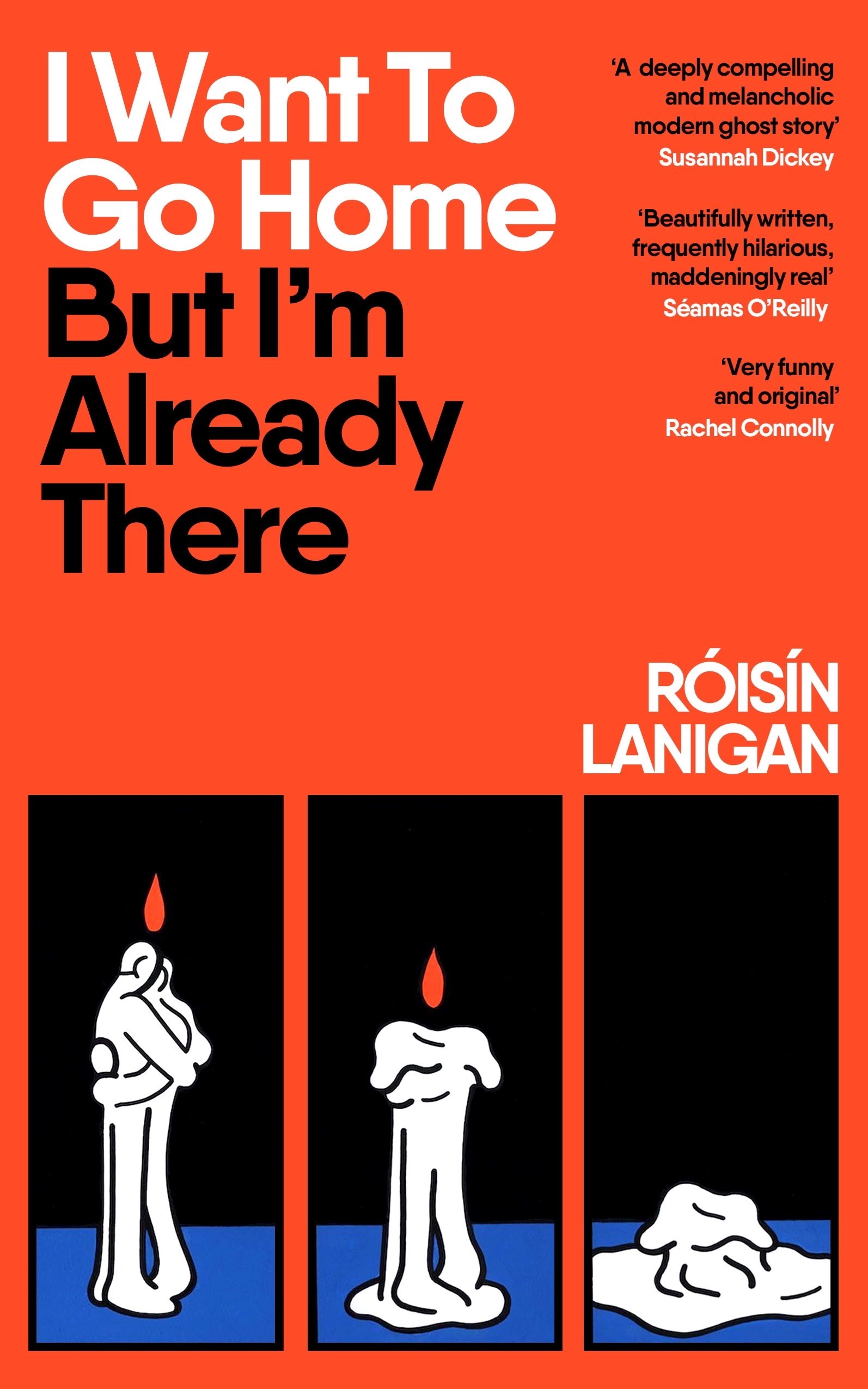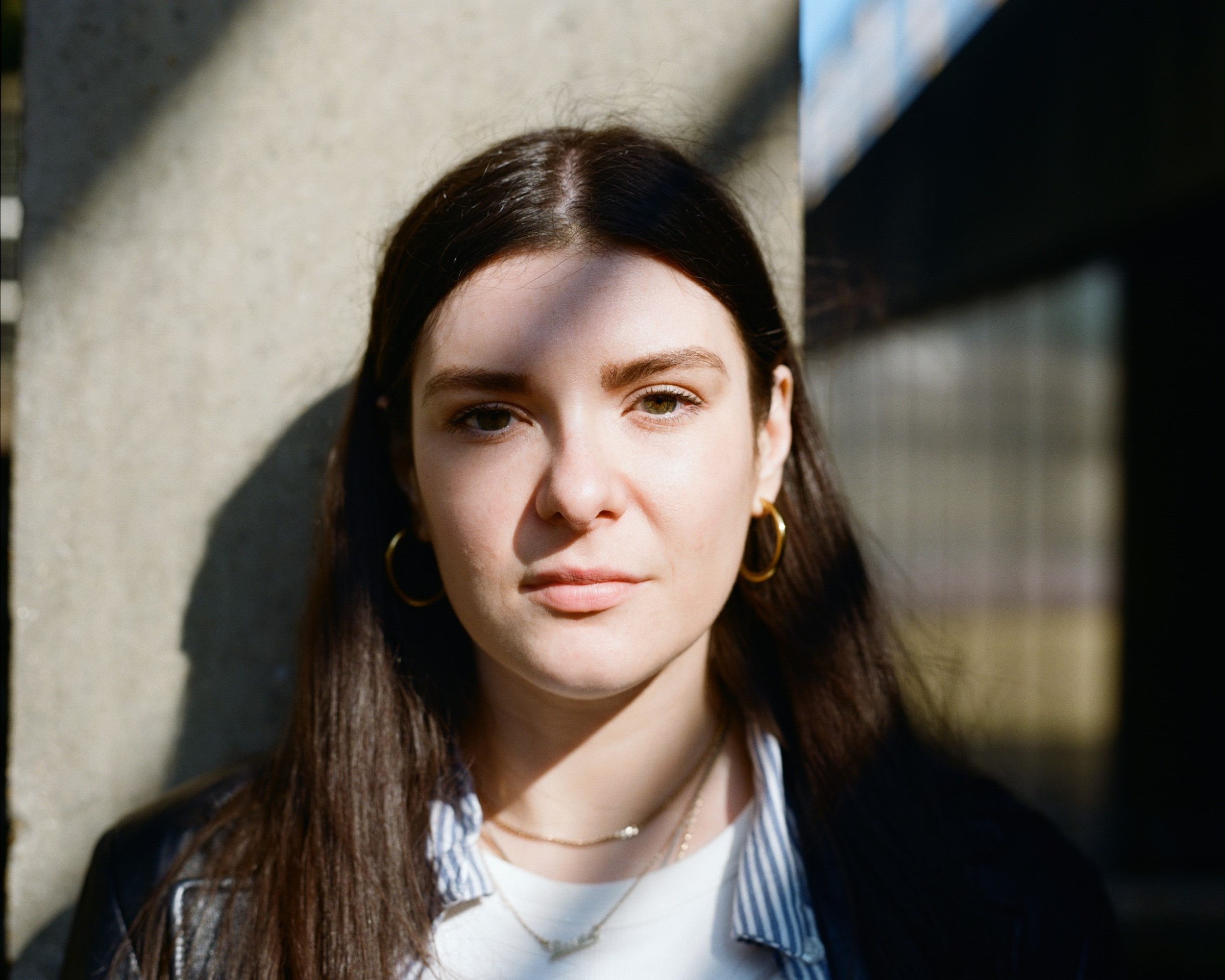Irish writer and editor Róisín Lanigan’s debut novel draws from her experience struggling with the hostile housing market and rising cost of living in London post-pandemic. Set in Camberwell, the protagonist Áine moves into a too-good-to-be-true apartment with her boyfriend Elliot, only to realise that things aren’t what they seem. Haunted by the mould in their basement, letters from the estate agent and the strange neighbours upstairs, Áine slowly becomes increasingly isolated from Elliot and her friends.
Playfully weaving the nightmare reality of renting in London with psychological horror, Lanigan brings forth the all too relatable paranoia and loneliness one faces during early adulthood. Whether it’s lowering your standards and convincing yourself you have a ‘good deal’ or avoiding a breakup so as not to uproot your day-to-day domestic life, we’ve all been there, making Áine and her peers so frustratingly relatable. With her first book, Lanigan re-imagines the gothic haunted house tale for a millennial audience, creating nuanced characters who hold a mirror back to us, begging the question ‘am I like this too?’
Below, AnOther spoke with Róisín Lanigan about I Want To Go Home But I’m Already There.

Jodie Hill: How did you end up writing a psychological horror about renting in London?
Róisín Lanigan: I was living in Belfast during the pandemic, and moved back to London for work. I think we kind of convince ourselves that a lot of the London rental market is normal, but after you’ve been away from it for a while, you’re like, “This is actually crazy.” When I wrote the book, I was listening to a lot of podcasts about horror and ghost stories. I was particularly interested in The Amityville Horror, how it’s the most lucrative haunted house story of all time.
All haunted house stories are essentially about owning property, and they’re capitalist in that way. So I was wondering what the equivalent would be for millennials or Gen Z, because we don’t own property. It was a mix of personal experience and an interest in the genre.
JH: The book is very visceral, which makes it feel like it’s written from lived experience.
RL: One of the things that I noticed and annoyed me was that there was a new genre of books about ‘building a home’ but they were divided. People were either writing about renting and financial precarity or writing in a way which was bucolic and optimistic. I’ve never known anyone to live like that.
JH: There are also TikTok videos on how to invest your finances, and whether you should rent or get a mortgage. The algorithm is crazy.
RL: I’m a very online person. My Reddit is the most ridiculous thing. One subreddit is about financial independence and retiring early, and the other is frugal meals. What do I think I’m gonna get out of this? I’m often writing from my bed, so I think that’s why it can be very visceral. Writing is a very privileged industry, and I think that some of my frustrations about coming up against things that other people weren’t coming up against maybe came through in the book as well.
“All haunted house stories are essentially about owning property … so I was wondering what the equivalent would be for millennials or Gen Z, because we don’t own property” – Róisín Lanigan
JH: Time is a luxury, especially for a writer. Do you think that the main character, Áine, is going through her Saturn return?
RL: Yes! That’s the age I see them in my head because some people will buy a tiny house and other people will move to the countryside, have kids, go through big breakups or get engaged. It’s shit or get off the pot time, and I think people can rush into these decisions because they want to seem grown up. But what we perceive as adulthood has changed – we don’t earn enough money and we don’t own our houses. As you said, what we perceive as luxury has also changed because luxury is now time; the ability to have children, own a property or be offline.
JH: In the book, you villainise all of Áine’s friends who are making seemingly progressive life progression decisions. But she’s not ready, and they weaponise it against her.
RL: That’s a really good way of putting it. They feel pointed because she’s unhappy. And when you are unhappy you take things, including other people’s successes, personally. Particularly for women in their late twenties or early thirties. “Well, why don’t you want to get married? Don’t you want to settle down? Why don’t you have a proper job?”
JH: I’d love to hear your thoughts on female friendships in relation to Áine and her ‘best friend’ Laura. Everybody has that friend you grow apart from but can’t really let go, and I think society in general doesn’t give a lot of air time for it to be discussed.
RL: The person that Áine loves the most is Laura, and Laura deciding to move on from their friendship is the catalyst for the whole book. She wouldn’t have moved in with Elliot if it wasn’t for Laura. Sometimes we think of female friendships in the way that Laura sees it, which is that you have these really close female friendships when you’re in the early stages of your life, and then your partner replaces that closeness. So Laura marries Alex, and he becomes her emergency contact. I think that’s really sad and it leaves people feeling quite lonely. Everyone matures at different times and that can complicate your friendships because it can seem like an attack on how you want to live your life. For me, Laura and Áine is the sad love story of the whole book.
“What we perceive as luxury has also changed because luxury is now time; the ability to have children, own a property or be offline” – Róisín Lanigan
JH: Not being in sync with your friends is the most isolating experience.
RL: It definitely makes sense that I wrote this after Covid, especially because during that time, our friendships were boiled down to our phones. Áine spends so much time on her phone, which is why I think some people have said, “Oh, it’s quite a claustrophobic read.” So the only thing that she sees of her friends, and whether or not they’re moving on with their life without her, are the things that they curate and put on Instagram.
JH: There are two foreboding elements in the book; Áine’s apartment, but also the looming dread of gentrification. Based on how you describe her area, I assume she lives in Camberwell?
RL: Yeah, I moved to Camberwell in 2017 and lived there for two years before moving to East Dulwich. It’s a really shit place to live if you’re going through your Saturn return, because it’s just JoJo Maman Bébé, Gail’s and nice little boutique shops. I always felt a bit like Áine, scared that everything was being gentrified but being part of it. It’s like putting your hand in nettles and then complaining that it stings. But there’s no way of really fixing it, and it’s not up to us to fix that. You should be able to move freely between cities and countries and to live in creative hubs, and not actively make those places worse.
Both Áine and I struggle with that. Áine feels really disconnected and isolated, even though she lives in this area that should be giving her a community because it has pubs, fancy shops and bakeries, but none of those things are actually helping the community. They are just placed there for you to spend money and that uncanniness is what I wanted to unpack.
I Want To Go Home But I’m Already There by Róisín Lanigan is published by Fig Tree, and is out now.
